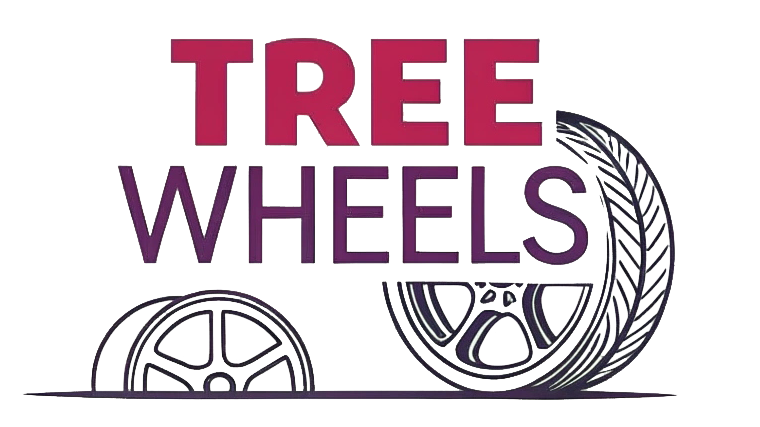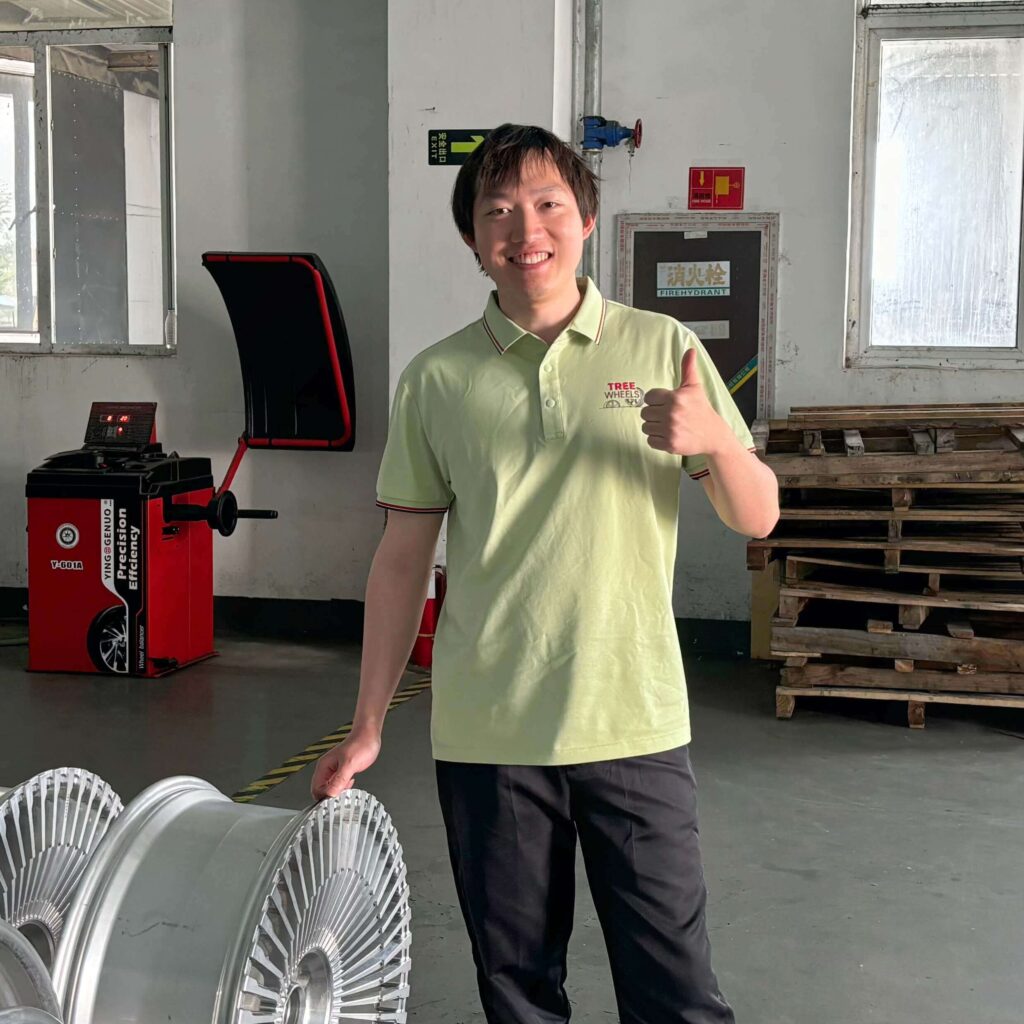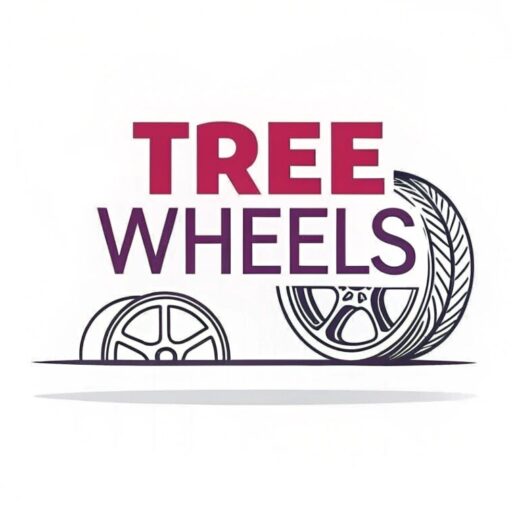When shopping for car parts, you'll often hear "rims" and "wheels" used interchangeably. This confusion can lead to costly mistakes and misunderstandings when upgrading your vehicle or replacing damaged parts.
Rims and wheels are not the same thing. A rim is technically just the outer edge of a wheel where the tire mounts, while a wheel is the complete metal assembly that includes the rim, spokes, and hub. However, in everyday conversation, many people use "rims" to refer to the entire wheel.
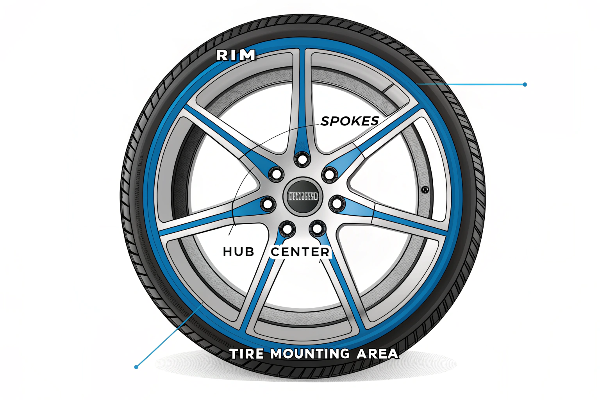
As a custom forged wheel manufacturer, I've encountered this terminology confusion countless times with customers from around the world. Let's clear up these automotive terms once and for all so you can communicate more effectively when shopping for wheel upgrades or replacements.
What is the difference between rims and wheels?
The confusion between rims and wheels has caused many customers to order incorrect parts, resulting in wasted time and increased expenses. Understanding this distinction is crucial for any vehicle modification.
The wheel is the entire metal structure that attaches to the vehicle's axle and supports the tire. It includes the center disc (or hub), spokes, and the outer edge called the rim. The rim is specifically just the outer circular portion of the wheel where the tire mounts and seals.
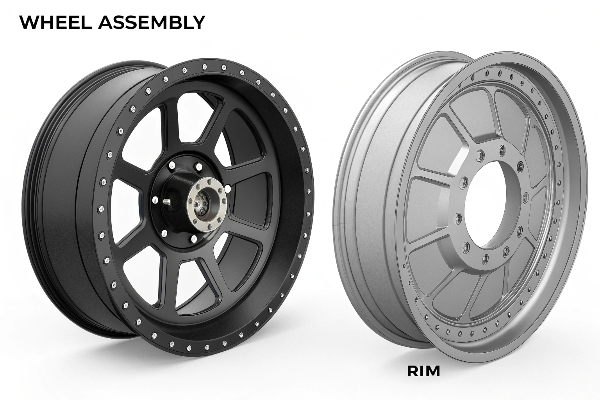
When we manufacture custom forged wheels at Tree Wheels, we create the entire wheel assembly - not just the rim portion. This comprehensive approach involves designing and producing every component with precision engineering. The wheel consists of three main parts: the hub or center disc that attaches to the vehicle's axle, the spokes that provide structural support and aesthetic design, and the rim where the tire mounts.
The rim specifically refers to the outer circular edge of the wheel. Its primary function is to secure and seal the tire. The rim features flanges and a drop center design that allows for tire mounting and proper bead seating. Many wheel customization options focus on the visible outer rim, which explains why some people mistakenly use "rim" to refer to the entire wheel.
In my day-to-day communications with clients across the globe, I've noticed about a 50/50 split between those who use "rim" versus "wheel" when referring to the complete assembly. When discussing modifications or new purchases, I often share detailed diagrams to ensure we're all talking about the same components.
Is a wheel referred to as a rim?
Many customers have called me asking for "rims" when they actually wanted complete wheels. This widespread confusion has led to frustrating communication gaps in the automotive aftermarket industry.
While technically incorrect, "rim" is commonly used in casual conversation to refer to the entire wheel. This slang usage became popular through automotive culture and music. However, professional mechanics, manufacturers, and automotive engineers maintain the distinction, referring to the complete assembly as a wheel.
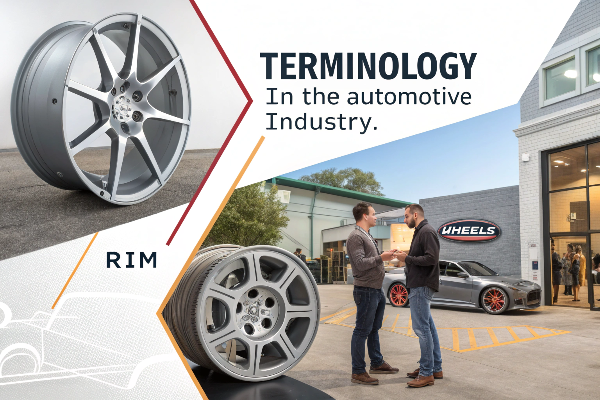
This terminological mix-up isn't just a matter of semantics - it reflects how language evolves through cultural influences. The term "rimz" or "rims" gained significant traction in popular culture during the 1990s and 2000s, particularly through hip-hop music and car modification subcultures. Artists frequently mentioned "spinning rims" or "chrome rims" in lyrics, cementing the term in everyday language.
From a manufacturer's perspective, this creates an interesting challenge. At Tree Wheels, we need to be fluent in both the technical, precise language of engineering and the colloquial terms our customers use. When speaking with professional auto shops, we maintain technical accuracy, but we're equally comfortable discussing "rims" with enthusiasts who use the term more loosely.
I've implemented a practical solution when working with new clients: I share visual references with clearly labeled components early in our conversations. This visual communication approach prevents misunderstandings and ensures everyone is aligned on exactly what parts are being discussed, regardless of terminology preferences. This simple step has significantly improved our order accuracy and customer satisfaction over the years.
How much is a new rim for a tire?
I've received countless inquiries about wheel pricing, often with customers experiencing sticker shock when they learn the true cost of quality forged wheels. Price misconceptions are common in this industry.
The cost of a new wheel varies dramatically based on type and quality. Basic steel wheels might start around $50-100 each, while premium forged wheels from specialized manufacturers can range from $500 to several thousand dollars each. Custom finishes, exotic materials, and bespoke designs further increase costs.
 comparison chart](https://treewheels.com/wp-content/uploads/2025/07/image-4-wheel-pricing-comparison-chart-create-an-.png)
When discussing wheel pricing with customers, I always emphasize the importance of understanding what factors contribute to these cost variations. The manufacturing process is perhaps the most significant determinant of wheel pricing. At Tree Wheels, we specialize in forged wheels - a premium manufacturing technique that starts with a solid block of aluminum alloy that's compressed under extreme pressure. This creates a molecular structure that's stronger and typically lighter than cast wheels, but the specialized equipment and expertise required makes them more expensive.
Another critical factor affecting wheel price is the design complexity. Simple wheels with minimal spoke designs cost less to engineer and produce, while intricate multi-piece wheels with complex patterns require significantly more machining time and precision. Custom sizing beyond standard dimensions also increases costs substantially. For example, our custom three-piece forged wheels typically take 30-35 days to produce because of the extensive hand-finishing and quality control processes required.
Material choice also impacts pricing - most premium wheels use various grades of aluminum alloy, but some high-end manufacturers incorporate exotic materials like carbon fiber or titanium components. Finally, finish options play a major role in the final price, with specialized treatments like color-shifting powder coats, hand-polished surfaces, or custom painted designs adding substantial cost.
What is the difference between rims and wheel covers?
Many customers come to us thinking wheel covers might be a more affordable alternative to custom wheels, not understanding these are entirely different products serving different purposes and markets.
Wheel covers also called hubcaps are decorative discs that attach to steel wheels to improve appearance, typically costing $25-100. They're not structural components. Wheels, by contrast, are the actual metal assemblies that support the tire and bear the vehicle's weight, with prices ranging from $50 to thousands of dollars.
 and actual [wheels](https://www.tireagent.com/blog/wheels-vs-rims-vs-tires-car-wheel-anatomy?srsltid=AfmBOoolse3bTy-5aX3AH0lHe4-GOrHsI0hYLCRznyw8ULuwFlxy09Bf) [wheel covers](https://treewheels.com/steel-wheels-vs-aluminum-alloy-wheels-whats-the-real-difference/) vs actual [wheels](https://www.tireagent.com/blog/wheels-vs-rims-vs-tires-car-wheel-anatomy?srsltid=AfmBOoolse3bTy-5aX3AH0lHe4-GOrHsI0hYLCRznyw8ULuwFlxy09Bf) comparison](https://treewheels.com/wp-content/uploads/2025/07/image-5-wheel-covers-vs-actual-wheels-comparison-.png)
The fundamental difference between these components lies in their functionality and construction. Wheel covers are purely cosmetic accessories designed to conceal basic steel wheels. They're typically made from inexpensive materials like plastic or stamped stainless steel and simply clip or bolt onto existing wheels. Their sole purpose is aesthetic - to give the appearance of a more expensive wheel design without the actual performance benefits.
True wheels, whether steel, cast aluminum, or forged, are structural components engineered to precise specifications. At Tree Wheels, our forged wheel manufacturing process involves sophisticated metallurgy, extensive testing, and certification to meet rigorous safety standards including ISO, DOT, TÜV and JWL requirements. Unlike wheel covers, wheels must withstand tremendous forces - supporting vehicle weight, absorbing impact from road conditions, and handling stress during acceleration, braking and cornering.
The installation process also differs dramatically. Wheel covers can be installed by virtually anyone with basic tools in minutes. In contrast, proper wheel installation requires specialized equipment including torque wrenches for precise tightening, sometimes wheel alignment services, and professional knowledge about factors like proper lug nut sequencing. This installation complexity is another reason why high-end wheels represent a more significant investment beyond just the product cost.
For customers seeking truly custom appearance with performance benefits, wheel covers simply can't compare to proper forged wheels that are designed specifically for their vehicle and driving style.
Conclusion
Rims are just one part of a wheel – the outer edge where the tire mounts. While many use these terms interchangeably, understanding the difference helps you make informed automotive decisions. For truly exceptional custom forged wheels tailored to your exact specifications, trust Tree Wheels to deliver premium quality worldwide.
